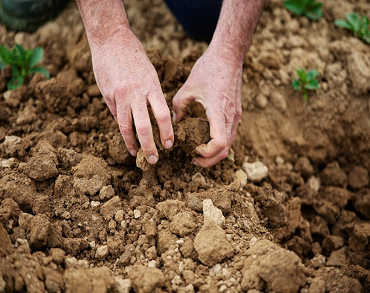Blog details

Produce Good Soil for Farming
Healthy soil is the foundation of successful farming. Here are steps to improve soil quality and productivity:
1. Test Your Soil
- Conduct soil tests to assess pH, nutrient levels, and organic matter content.
- Adjust soil amendments based on test results to meet the crop's requirements.
2. Add Organic Matter
- Apply well-rotted manure, compost, or green manure to improve soil structure and nutrient content.
- Organic matter enhances water retention and promotes beneficial microbial activity.
3. Practice Crop Rotation
- Rotate crops to break pest and disease cycles and improve soil health.
- Include legumes like peas or beans in rotation to naturally add nitrogen to the soil.
4. Maintain Proper pH Levels
- Most crops thrive in soil with a pH between 6.0 and 7.5.
- Use lime to raise pH or sulfur to lower it, based on soil test recommendations.
5. Avoid Soil Compaction
- Use lightweight machinery and avoid working on wet soil to prevent compaction.
- Compacted soil restricts root growth and reduces water and nutrient movement.
6. Plant Cover Crops
- Grow cover crops like clover, rye, or mustard during the off-season.
- These crops prevent erosion, suppress weeds, and add organic matter when incorporated into the soil.
7. Use Mulching
- Apply organic mulch (like straw or leaves) to conserve moisture, regulate temperature, and add nutrients as it decomposes.
- Mulch also prevents soil erosion.
8. Practice No-Till or Minimum Tillage
- Reduce tillage to maintain soil structure, organic matter, and microbial activity.
- This minimizes erosion and promotes long-term soil health.
9. Incorporate Natural Fertilizers
- Use biofertilizers and natural amendments like neem cake, bone meal, or fish meal.
- Avoid overusing chemical fertilizers, which can harm soil biology over time.
10. Manage Water Efficiently
- Avoid over-irrigation, which can lead to waterlogging and nutrient leaching.
- Use drip irrigation or other efficient methods to maintain optimal soil moisture.
11. Control Erosion
- Plant grass strips, build terraces, or use contour plowing to reduce soil erosion in sloped areas.
- Stabilize topsoil with plants that have strong root systems.
